
Jean Armour, also known as the "Belle of Mauchline", was the wife of the poet Robert Burns. She inspired many of his poems and bore him nine children, three of whom survived into adulthood.

Ellisland Farm lies about 6.5 mi/10.4 km northwest of Dumfries near the village of Auldgirth, located in the Parish of Dunscore, Dumfries and Galloway, Scotland. The complex is a museum in the farm Robert Burns built, lived in and farmed from 1788 until 1791. One of the earliest references to the site is in 1465. Cardinal Antonius confirming a Charter by the Monastery of Melrose of the adjoining property of Ellisland to John Kirkpatrick.

Friars' Carse is a mansion house and estate situated 2 kilometres (1.2 mi) southeast of Auldgirth on the main road (A76) to Dumfries, Parish of Dunscore, Scotland. The property is located on the west bank of the River Nith and is known for its strong associations with Robert Burns who lived for a while at the nearby Ellisland farm. The mansion house is unlisted, however the stables and hermitage are Category B listed buildings.

Elizabeth "Betsey" Paton or later Elizabeth Andrew of Lairgieside was the daughter of James Paton and Eleanor Helen Paton of Aird Farm, Crossroads, Ayrshire. Following an affair with Robert Burns she gave birth on 22 May 1785 to his first child, Elizabeth "Bess" Burns, the "Dear-bought Bess", who was baptised when only two days old. Betsey met Robert Burns when she was employed as a servant girl at the Burns's Lochlea Farm during the winter of 1783–84. When the Burns family moved to Mossgiel Farm in March 1784, Betsey returned to her own home, where Robert Burns visited her later that year. In 1786, Elizabeth made a claim on Burns, but accepted a settlement of twenty pounds which the poet paid out of the profits of the Kilmarnock Edition. Loving Burns with heartfelt devotion, she continued to see him after the Burns family had moved to Mossgiel Farm, and he returned these sentiments with more physical than spiritual devotions. Isabella Begg, Burns's youngest sister, stated that although Robert did not love her, "he never treated her unkindly."
Janet, Jennie or Jenny Clow was a domestic servant to Mrs Agnes Maclehose, née Craig (1759-1841), the Clarinda to Robert Burns' Sylvander. She was the daughter of Andrew Clow and Margaret Inglis from Fife and was the youngest of eight children. Her mistress sent her to deliver a letter to the poet and he seduced her.
May Cameron also known as Margaret, Peggy, or Meg Cameron, was a servant in Edinburgh, working at a house close to that of William Creech, Burns's Edinburgh publisher.

Jessie Lewars, also known as Mrs. James Thomson, was the youngest daughter of John Lewars, a supervisor of excise. Following the death of her 69-year-old father in 1789, Jessie was only 11 years old, when she and her brother John moved to a house in Millhole Brae that lay opposite that of Robert Burns in Dumfries. Jessie was a close Burns family friend and when nearly at the age of eighteen helped the family by nursing Robert in the days leading up to his death and doing the domestic chores.
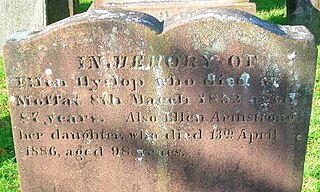
Helen Hyslop, also Nelly or Ellen Hyslop was a 'noted local beauty' in Moffat and a strong local tradition maintains that Robert Burns was for some time a great admirer of her and that she had an affair with him. A daughter, also Helen, is said to have been born as a result of this liaison. Parish records show that a Helen Hyslop, the mother of Burns's possible daughter, was born in the area in 1766, her parents being John Hyslop and Janet Howatson of Langholm.
Jean Gardner or later Jean Hill, was "a young woman of very surpassing beauty," with a "light foot and an ensnaring eye," but she may have been thirteen years older than Robert Burns with whom she was on friendly or 'intimate' terms. A strong local tradition in Irvine links her with Burns, however no contemporary written evidence records this relationship and Burns himself is not thought to have written about her, other than a disputed use of her given name as the 'darling Jean' of Burns's 'Epistle to Davie', and most recent writers have considered the reference to be to Jean Armour.
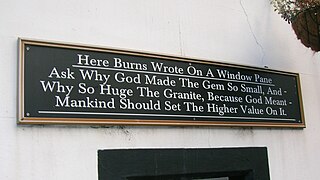
Robert Burns came to know James Cunninghamme, Earl of Glencairn in Edinburgh in 1786 through a 'Letter of Introduction' provided by Dalrymple of Orangefield who was married to Lady Glencairn's sister. The Earl received the poet warmly in his house and introduced him to his friends. One of several gifts from the earl to the poet was a diamond point pen, stylus, or cutter which he used to write upon many windowpanes and glasses, scribing verse, his signature, epigrams, or other writings for posterity. Many of these diamond-point engravings survive, some however are contentious as regards either their authenticity, meaning, or both.

The Robert Burns World Federation is a literary society based in Kilmarnock, Ayrshire, Scotland, aimed at educating the public about the life, poetry and works of the poet Robert Burns. It is a Scottish Charity and a company limited by Guarantee. The Federation links existing Burns Clubs and similar groups, giving a unique number to affiliated Clubs, which is then used by them in their promotion and identification. Their ongoing intent is to provide a way for clubs to link together and enjoy the mutual benefit of association, communication and shared mission. It was founded in 1885
James Armour was a master mason and father of Jean Armour, and therefore the father-in-law of the poet Robert Burns.
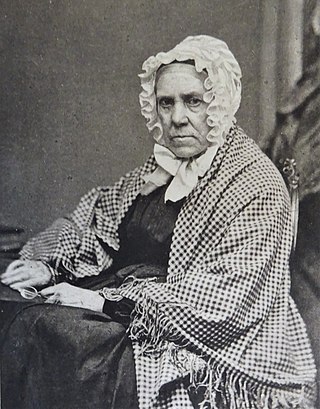
Elizabeth Burns, Elizabeth Park or Mrs John Thomson known as Betty Burns, was born in 1791 in Leith, Scotland. She was the illegitimate daughter of Robert Burns and Anna Park who was a barmaid at The Globe in Dumfries. She married John Thomson in 1808 to become Elizabeth Thomson.

John Ballantine (1743–1812), was a Scottish merchant and banker and one of the greatest friends, admirers and closest confidants of Robert Burns. Significantly Ballantine gave the poet advice on the selection of poems for his First Kilmarnock Edition as well as being asked for his opinion on the bard's poems.
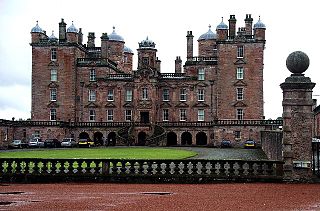
John McMurdo (1743–1803) was a friend of Robert Burns who became the chamberlain to the Duke of Queensberry at Drumlanrig Castle where the poet was a frequent visitor. His eldest daughter Jean (1777-1839) was also a close friend of Burns, who wrote the song "Bonie Jean" in her honour. As an old Nithsdale family the McMurdos were related to the Sharpes of Hoddam, the Charteris of Amisfield, the Fergussons of Craigdarroch, Dr James Currie and the Duncans of Torthorwald amongst others.

Francis Wallace Burns (1789–1803) was the second son of the poet Robert Burns, born when the poet was 30 and his wife Jean Armour was 24. Francis was born at Ellisland Farm in Dunscore parish, Nithsdale on the 18 August 1789. His first and middle names were added in honour of Frances Dunlop of Dunlop, Robert's friend, patron and mentor. Her maiden name was Frances Anna Wallace and what is known of his early life comes from the many letters to Frances in which he was mentioned. His father died in 1796 and little is known of Francis's short life after this date.

James Glencairn Burns (1794–1865) was the fourth son and eighth child born to the poet Robert Burns and his wife Jean Armour. James was born at their home in Mill Brae Street, now Burns Street in Dumfries on 12 August 1794. His first and middle name was added in honour of James Cunningham, 14th Earl of Glencairn, Robert's friend, patron and mentor.

William Nicol Burns (1791–1872) was the sixth child, third born and second surviving son born to the poet Robert Burns when he was 32 and his wife Jean Armour was 26. William was born at Ellisland Farm in Dunscore parish, shortly before the family moved to Dumfries in 1791. His first and middle name was added in honour of William Nicol, Robert's friend.
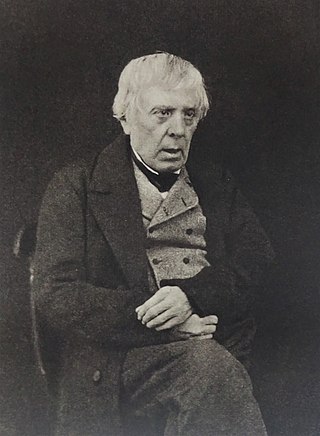
Robert Burns Junior or Robert Burns ll (1786–1857) was the first son and one of the first pair of twins born to the poet Robert Burns and his wife Jean Armour. He was born on the 3 September 1786 and baptised on 5 September. John Tennant of Glenconner was a witness at the baptism. His twin sister was Jean Burns, who died of unknown causes in infancy on 20 October 1787. His father, who often called him 'Bobbie', died when Robert Junior was only nine years old, at which point he was the eldest of a family of five legitimate male offspring.

John Lewars (1769–1826) was an excise officer and land surveyor. He was one of Robert Burns's colleagues and friends during his Nithsdale and Dumfries days. Lewars moved with his sister Jessie Lewars in around 1793 to a house in Millhole Brae that lay immediately opposite that of Robert Burns in Dumfries. Jessie Lewars was a very close Burns family friend and helped the family by nursing Robert in the days leading up to his death, doing the domestic chores and caring for the children.


















